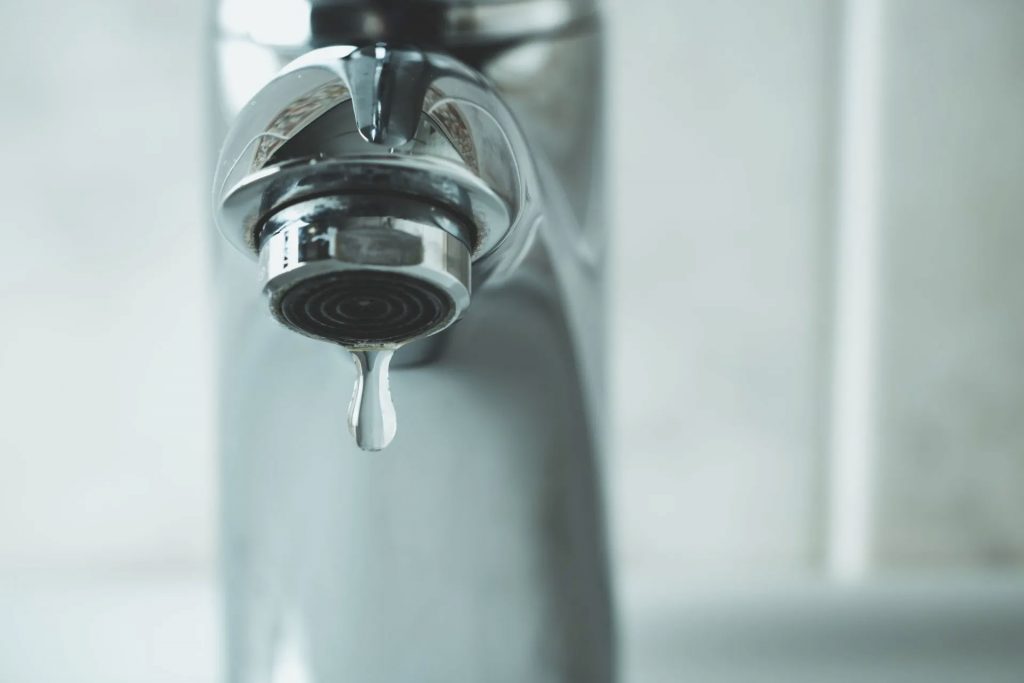Quick Fixes for Addressing Low Water Pressure in Your Home
Quick Fixes for Addressing Low Water Pressure in Your Home
Blog Article
How do you really feel in relation to Dealing with Low Water Pressure in Your Home?

Low water pressure in your house can be an irritating problem, impacting every little thing from bathing to cleaning recipes. If you're experiencing weak water circulation, there are a number of possible causes and services to discover. In this overview, we'll talk about common factors for low water stress and sensible actions to attend to the issue efficiently.
Intro to Low Tide Pressure
Low tide stress happens when the circulation of water from your taps, showers, and various other fixtures is weak than normal. This can make daily jobs extra difficult and much less effective. Comprehending the reasons for low water pressure is essential to locating the ideal service.
Usual Root Causes Of Low Water Stress
Pipe Obstructions
In time, pipes can become clogged with mineral deposits, debris, or particles, limiting the flow of water. This is a common problem in older homes with galvanized steel pipes.
Rust
Deterioration within pipes can bring about leakages and lowered water stress. Corrosion build-up can tighten water flow, especially in maturing plumbing systems.
Faulty Pressure Regulators
Pressure regulators are in charge of maintaining consistent water stress in your home. If they malfunction, it can cause low water stress or uneven flow throughout your house.
Municipal Supply Of Water Issues
Often, the trouble lies outside your home. Metropolitan water problems, such as main line leaks or maintenance job, can momentarily lower water pressure in your area.
How to Detect Low Water Stress
Checking Faucets and Components
Beginning by checking the water stress at various taps and fixtures throughout your home. If the problem is separated to specific areas, it might indicate localized troubles.
Inspecting Pipelines
Examine visible pipelines for indications of leakages, rust, or blockages. Focus on any type of unusual noises, such as knocking or rattling pipes, which might show problems within the plumbing system.
Consulting with a Plumber
If you're not able to pinpoint the root cause of low tide stress, take into consideration employing a professional plumber to carry out a comprehensive inspection. They can identify underlying issues and advise ideal remedies.
DIY Solutions to Deal With Low Water Stress
Cleaning Up Aerators and Showerheads
Mineral deposits can build up in aerators and showerheads, decreasing water flow. Get rid of and clean up these elements on a regular basis to improve water pressure.
Flushing Water Heater
Debris accumulation in the hot water heater can limit circulation and lower efficiency. Flushing the storage tank periodically aids eliminate debris and maintain ideal performance.
Inspecting Stress Regulator
Make certain that the stress regulator is operating correctly. Changing or replacing the regulator can aid recover proper water pressure throughout your home.
Cleaning Clogs in Pipes
For minor blockages, attempt using a plumbing serpent or chemical drainpipe cleaner to clear obstructions in pipes. Be cautious when making use of chemicals and follow security standards.
When to Call a Professional Plumber
If DIY initiatives stop working to deal with the concern or if you think considerable plumbing troubles, it's best to seek help from a qualified plumber. They have the know-how and tools to address complex issues securely and efficiently.
Preventive Measures to Keep Water Pressure
Routine Upkeep
Arrange regular maintenance for your plumbing system to avoid concerns such as deterioration, leaks, and clogs. Dealing with small troubles early can aid stay clear of more substantial repair services later.
Mounting a Stress Booster
Think about installing a stress booster pump to enhance water stress in locations with consistently low circulation. This can be particularly useful for multi-story homes or residential or commercial properties with high-demand components.
Monitoring Water Usage
Be mindful of water use practices and prevent overtaxing the plumbing system. Straightforward modifications, such as staggering showers and washing lots, can help keep sufficient water pressure.
Verdict
Dealing with low water pressure can be irritating, yet determining the underlying reasons and applying ideal remedies can bring back optimal circulation throughout your home. Whether it's cleaning aerators, inspecting pipelines, or seeking advice from a plumber, taking proactive actions can make certain a consistent supply of water for your everyday requirements.
FOUR WAYS TO FIX LOW WATER PRESSURE NOW
Turning on a shower or faucet only to find the water comes out in a sad, slow drizzle is never a good feeling. How exactly are you supposed to wash a pan or take a quick shower when it takes 10 minutes just to rinse off a little soap? The good news is that when your water pressure is bad, there's always a cause: typically one that can be easily fixed. Here are some of the most common causes of low pressure and what you can do to fix the issue:
DEBRIS AND MINERAL DEPOSIT BUILDUPS
If you notice low water pressure from just one or two of the fixtures in your house, the problem likely has to do with debris buildup. Water is full of minerals and other debris, all of which can accumulate in your pipes and on your fixtures. This can cause a blockage that affects how much water flows through. To fix this, try filling a small plastic bag with white vinegar, and use a rubber band to hang it around your showerhead or faucet. Let the head of the fixture soak for a few hours, and the vinegar should loosen the deposits.
WATER LEAKS
Leaks are another common cause of low water pressure. If water is flowing out of your plumbing through a hole or crack before it can reach your fixture, the pressure coming out of the faucet or showerhead will be lower. A plumbing professional is your best bet for finding and repairing a leak in your water supply pipes.
Leaks are another common cause of low water pressure. If water is flowing out of your plumbing through a hole or crack before it can reach your fixture, the pressure coming out of the faucet or showerhead will be lower. A plumbing professional is your best bet for finding and repairing a leak in your water supply pipes.
FOUR WAYS TO FIX LOW WATER PRESSURE NOW
Turning on a shower or faucet only to find the water comes out in a sad, slow drizzle is never a good feeling. How exactly are you supposed to wash a pan or take a quick shower when it takes 10 minutes just to rinse off a little soap? The good news is that when your water pressure is bad, there's always a cause: typically one that can be easily fixed. Here are some of the most common causes of low pressure and what you can do to fix the issue:
DEBRIS AND MINERAL DEPOSIT BUILDUPS
If you notice low water pressure from just one or two of the fixtures in your house, the problem likely has to do with debris buildup. Water is full of minerals and other debris, all of which can accumulate in your pipes and on your fixtures. This can cause a blockage that affects how much water flows through. To fix this, try filling a small plastic bag with white vinegar, and use a rubber band to hang it around your showerhead or faucet. Let the head of the fixture soak for a few hours, and the vinegar should loosen the deposits.
WATER LEAKS
Leaks are another common cause of low water pressure. If water is flowing out of your plumbing through a hole or crack before it can reach your fixture, the pressure coming out of the faucet or showerhead will be lower. A plumbing professional is your best bet for finding and repairing a leak in your water supply pipes.
Leaks are another common cause of low water pressure. If water is flowing out of your plumbing through a hole or crack before it can reach your fixture, the pressure coming out of the faucet or showerhead will be lower. A plumbing professional is your best bet for finding and repairing a leak in your water supply pipes.
A VALVE ISSUE
If you have low water pressure throughout your home, check your main shut-off valve to make sure it's completely open. You may also want to see if there's a pressure-reducing valve installed. If there is, have a plumber help you adjust the settings to get the pressure you're looking for.
OTHERS USING WATER
Believe it or not, your low water pressure could be caused by your neighbors. If you notice low pressure at certain times of day, it may be because you and the people living next to you have similar schedules - when everyone is showering at the same time, the pressure will be lower in every home. Low pressure throughout the neighborhood may also be caused by an issue with your municipal water supply. If that's the case, call the supplier to see if they're working on the issue.
https://www.rotorooter.com/blog/water-leaking/low-water-pressure-fixes/

As a person who reads on , I figured sharing that blog post was sensible. Sharing is caring. Helping people is fun. Thank you for your time. Don't forget to come by our website back soon.
Schedule Your Service Report this page